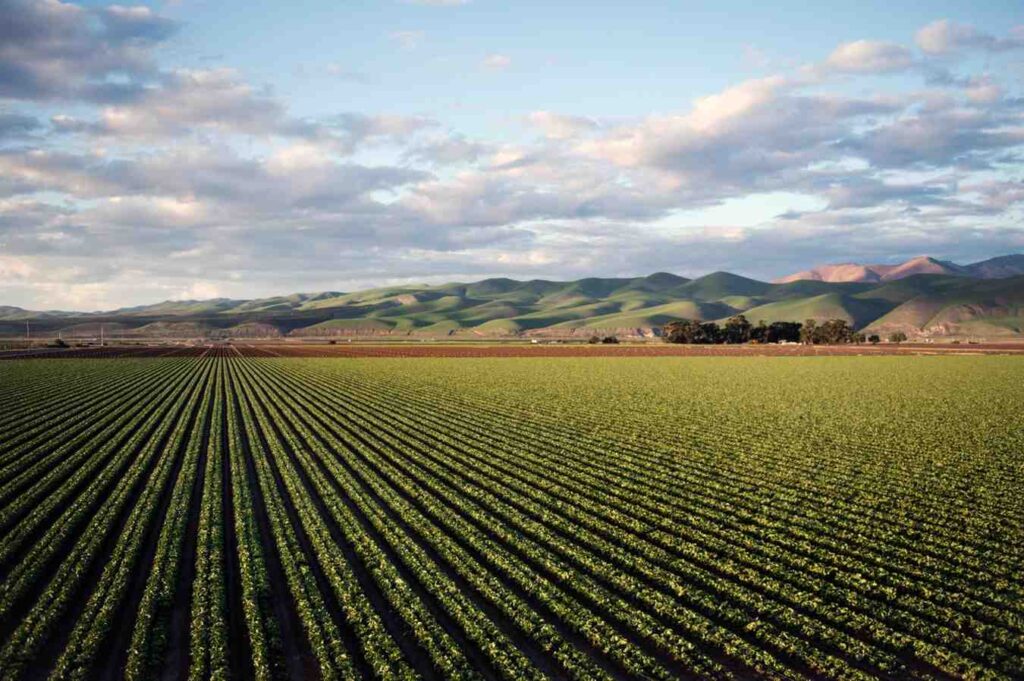Scaling a farm is a significant undertaking. It requires careful planning, hard work, and a deep understanding of the market. For many farmers, the dream is to expand their operations, reach more customers, and build a sustainable business for future generations. A key component of this growth is starting with the right foundation: high-quality produce that consistently meets and exceeds customer expectations.
This post will explore practical strategies for scaling your farming operations by focusing on the quality of your output. We will cover everything from selecting the right seeds and optimizing soil health to implementing efficient harvesting techniques and building strong market connections. By the end, you’ll have a clear roadmap to help you expand your farm while maintaining the standard of excellence your customers value.
Building a Foundation for Growth
Before you plant a single seed, scaling your farm begins with a solid plan. Expanding too quickly without the right infrastructure can lead to logistical nightmares and a drop in quality. To set yourself up for success, you need to think strategically about your resources, goals, and market position.

Assess Your Current Operations
Start by taking a detailed look at your current farm. What are your strengths? What are your limitations? Evaluate your land, equipment, labor, and financial resources. Understanding your existing capacity will help you identify realistic growth opportunities. Ask yourself critical questions:
- Is my current equipment capable of handling a larger workload?
- Do I have enough space to expand my crops?
- Can I secure the necessary labor for a larger harvest?
- What is my budget for this expansion?
An honest assessment will prevent you from overextending your resources and compromising the quality you’re known for.
Define Your Scaling Goals
What does “scaling” mean for your farm? It’s not just about getting bigger; it’s about growing smarter. Your goals might include increasing your yield by a certain percentage, entering a new market like restaurants or regional grocery stores, or diversifying your crop selection.
Set clear, measurable, achievable, relevant, and time-bound (SMART) goals. For example, instead of a vague goal like “sell more produce,” aim for something specific like “increase sales to local restaurants by 25% within the next two years.” This clarity will guide your decisions and keep your expansion efforts focused.
Prioritizing Quality at Every Stage
As you grow, maintaining the quality of your produce is paramount. Your reputation is built on the freshness, flavor, and appearance of your crops. Any compromise in quality can damage customer trust and hinder your long-term success.

Start with Superior Seeds
The journey to exceptional produce begins with the seed. Investing in high-quality seeds from reputable suppliers is one of the most important decisions you can make. These seeds often offer better germination rates, disease resistance, and more uniform growth, which are all crucial for a successful harvest at a larger scale.
Whether you’re purchasing bulk flower seeds for a new cut-flower operation or heirloom vegetable seeds for a farm-to-table niche, do your research. Look for suppliers who provide detailed information about their seed varieties, including optimal growing conditions and expected yields.
Nurture Your Soil
Healthy soil is the lifeblood of a productive farm. As you scale, the demands on your land will increase, making soil management more critical than ever. Implement practices that build and maintain soil fertility, such as:
- Cover Cropping: Planting cover crops like clover or rye during the off-season can prevent erosion, suppress weeds, and add valuable organic matter to the soil.
- Crop Rotation: Rotating your crops each season helps break pest and disease cycles and prevents the depletion of specific nutrients.
- Composting: Incorporating compost enriches the soil with essential nutrients and improves its structure, leading to healthier, more resilient plants.
Regular soil testing will provide valuable insights into your soil’s health, allowing you to make targeted amendments and ensure your crops have the nutrients they need to thrive.
Master Efficient Harvesting and Handling
The work isn’t over once the crops are grown. How you harvest, process, and store your produce directly impacts its freshness and shelf life. As you scale, you’ll need efficient systems to handle larger volumes without sacrificing quality.
Invest in the right tools and equipment to make harvesting quicker and less labor-intensive. Train your team on proper handling techniques to minimize bruising and damage. An effective post-harvest cooling and storage system is also essential for preserving the quality of your produce from the moment it leaves the field until it reaches the customer.

Forge Your Path to a Thriving Farm
Scaling your farm is a journey, not a destination. By building a strong foundation, prioritizing quality at every step, and connecting with your market, you can successfully grow your operations. Focusing on excellent produce will not only attract and retain loyal customers but also build a resilient and profitable business for the years to come.
Start by evaluating your current operation and setting clear goals. From there, you can develop a strategy that allows you to expand thoughtfully, ensuring that every step you take reinforces your commitment to quality and excellence.






